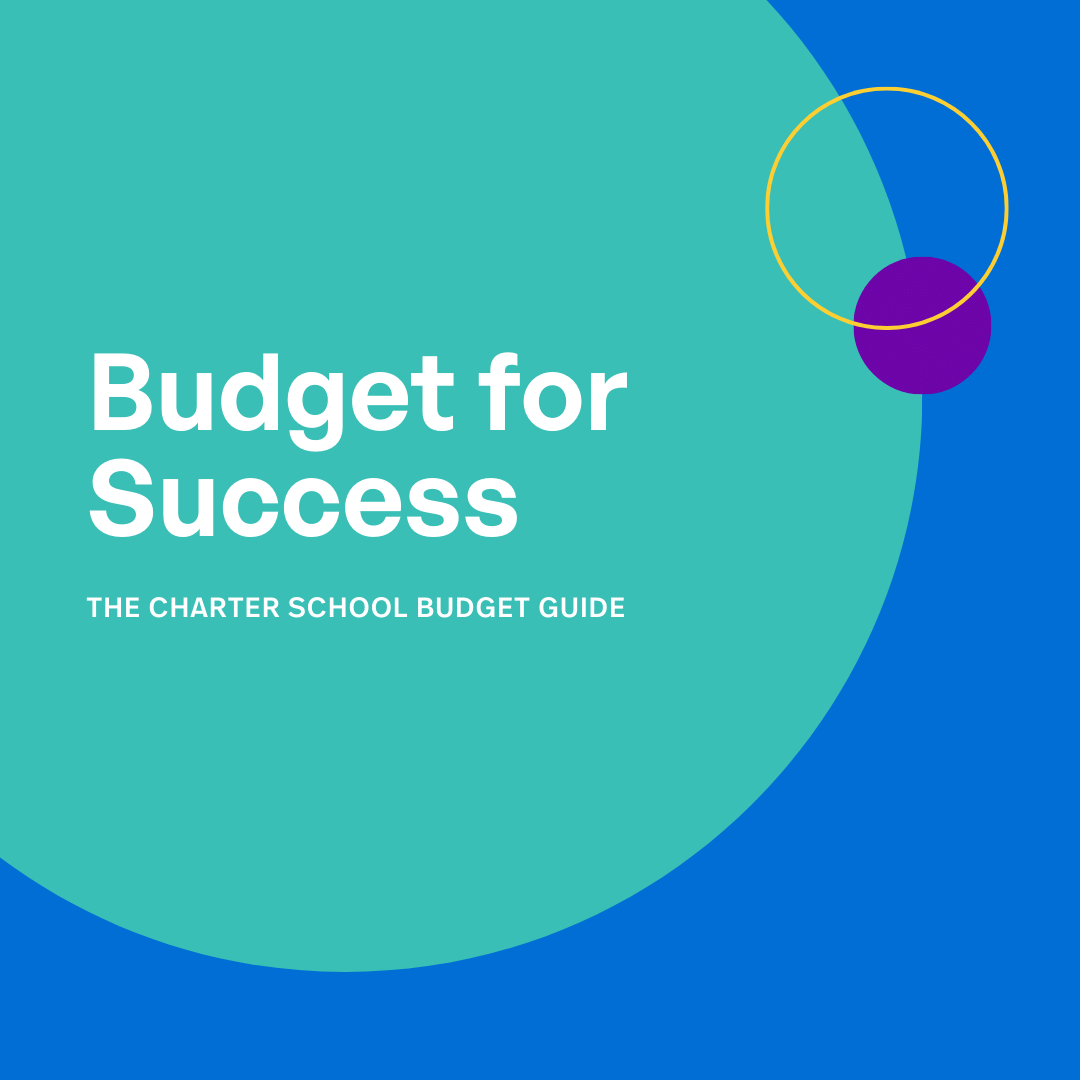According to an article from The Center for Education Reform, 42% of charter school closures are due to funding. It’s well known that charter schools face unique financial challenges, so it’s important to get ahead of these issues as schools grow. Making sure your school has the money to meet operational costs, pay teachers and staff on time, and purchase learning technology and supplies can be challenging while staying advised of deferrals, delays, and reductions.
This is where budgeting comes in. Budgeting is an essential part of running a charter school. From managing operating costs to forecasting cash flow, it can be a complex and challenging task. However, with the right knowledge and team behind you, you can make informed decisions and set your school up for success.
In this article, we will explore 5 essential features of a charter school budget.
Review salary scale changes with the future in mind.
For any school, salaries and benefits comprise the largest ongoing expenses. When considering salary scale changes, it’s essential to plan for the long term, not just next year’s budget. If your school is seeing an increase in funding, keep in mind that this is unlikely to increase at the same rate each year—and it’s likely to plateau during economic downturns. Also, look carefully at budget surpluses, which can be misleading. For example, you may need to use surplus funds to replace computers and textbooks in the next year or two. Raising the salary scale can have non-financial repercussions, too. If your staff comes to expect a 10% pay increase to base salaries each year, it can be very hard to cut back without damaging morale. All this is not to say that you shouldn’t raise salaries—competitive rates are essential for attracting and retaining top-quality teachers and other staff! But it’s important to take a strategic approach.
Use non-financial incentives to maintain a positive culture.
Year-over-year salary increases are expensive. The good news is that while competitive pay is important, it isn’t among the top factors that contribute to employee satisfaction and retention or a person’s decision to leave a job. In particular, a positive and supportive culture makes most employees happy to come to work each day. Make a habit of smiling and greeting staff by name; running meetings efficiently; delivering negative feedback constructively and in private; and setting expectations for positive interactions among all staff. Provide money for career growth and professional development. working with your teachers and other staff members to understand each person’s individual goals and interests. Paying for a professional course isn’t free, but it typically costs less than a permanent salary increase. Lastly, be sure to show impact. Whether by data or individual examples, demonstrate to staff collectively and individually how much they’re making a difference to their students and families. (For more on supporting teachers so they’ll stay at your school for the long term, see our webinar Teacher Retention for 2023 & Beyond: How to Build a Lasting Relationship.)
Set a Target Fund Balance.
Fund balance is a metric of financial viability and financial health. A school’s fund balance, or net assets, is the accumulation of all surpluses and deficits going back to the beginning. To put it another way, if you sold all off the school’s assets for cash and paid off the debts, the remaining cash is the fund balance. Talk to your financial experts and your board of directors about the fund balance that will ensure your school’s viability.

Set a Target Cash Balance.
A school may have a large fund balance but still be strapped for cash—which is how salaries and rent are paid. There is no ideal target cash balance or benchmark for a school; it varies by state, funding levels, and phase of growth. As a general baseline practice, always plan to have at least 90 days of cash on hand at minimum, or about 25% of your annual operating expenses, so that you can continue to pay the bills and operate without a hitch.
Be Strategic About Facilities.
A school’s facility may seem like a budgetary liability due to rent, lease, bond, or mortgage payments. But with some strategic planning, a facility can provide budget safeguards in a few different ways. If your school is looking to acquire a permanent facility, plan to have more space than you anticipate needing. If your school is in a permanent facility, establish a long-term repair-and-replacement fund to cover roof repairs, HVAC issues, and plumbing. If your school already has a facilities reserve (for example, as a requirement for a tax-exempt bond), ensure that it’s large enough to cover a structural emergency. (For more on facilities planning, check out our free guide 5 Steps to Upgrading Your School Building.)
Featured Article
5 Budgeting Terms for Charter School Leaders
Budgeting is an essential part of running a charter school. From managing operating costs to forecasting cash flow, it can be a complex and challenging task. However, with the right knowledge and understanding of budgeting terminology, you can make informed decisions and set your school up for success. In this blog post, we will explore […]
Featured Article
Preparing for the Annual Audit: Is Your School Running Efficiently?
The idea of the audit can invite stress, and it’s understandable to feel daunted by the need to address compliance and other issues while you’re focused on the day-to-day aspects of growing a school. The Charter School Audits Guide Preparing Your School for the Annual Audit offers month-by-month breakdowns schools can use to stave off overwhelm. […]

Free Download
Charter School Budget Guide
To help you achieve your goals, we’ve put together this informative and thorough guide to share best practices and call out common pitfalls to avoid. Over the past decade, we’ve reviewed thousands of charter school budgets and helped guide countless schools through their charter school financing processes.
Get the Guide